I have demonstrated energy harvesting and energy measurement so far, but the next step is to combine them. The ESP8266 is a fairly low power WiFi radio, but it's still pretty power greedy. I will be experimenting to determine how much capacitance I need to power it and how fast I can charge that capacitance with a low current through the primary (say 0.5A, for example). My goal is that a 60 W bulb will be able to power the radio enough to transmit monitored peak power every hour.
I test the energy harvesting with the setup shown in one of the gallery pictures. I have a 120 VAC power cord going to a switch, and the wires from the switch allow me to open the circuit to put a current meter in-line, and I can also connect a current transformer on only one wire. By doing this, I am able to plug various loads into the light socket in order to determine how much energy I can harvest.
Why Wi-Fi? It's really power inefficient relative to Bluetooth, Zigbee, and other radios, but I am staunchly anti-hub. I think it's too much to ask a user to add and provision a new hub to their network, so I want to avoid that. I have experience in low power Wi-Fi design that allowed operation of a Wi-Fi sensor node for two years from two AA batteries. I'm going to lean on that as much as I can to optimize the power.
 CaptMcAllister
CaptMcAllister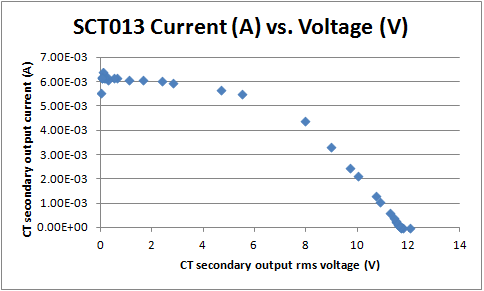
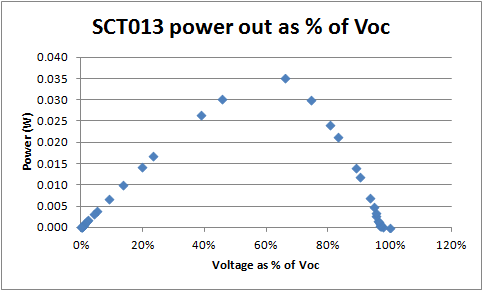



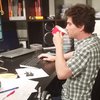

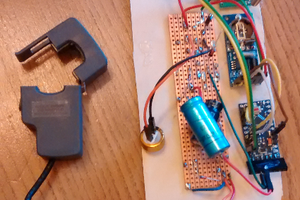
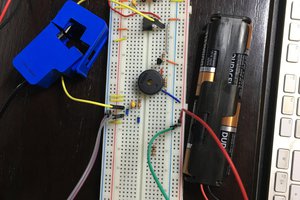
 liebman
liebman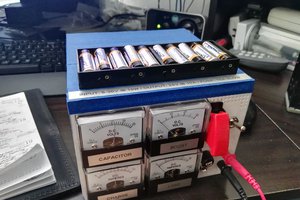
 David Scholten
David Scholten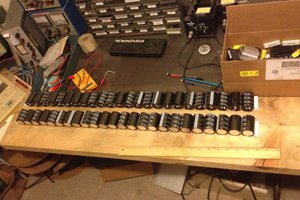
 dave.m.mcdonough
dave.m.mcdonough
ESP8266 requires a LOT current to transmit a thing, I'd suggest you try some light weight RF thing, such as Nordic's NRF24L01. Of course, you then need a "gateway" to bridge it to the internet, but that should greatly reduce your power requirement...